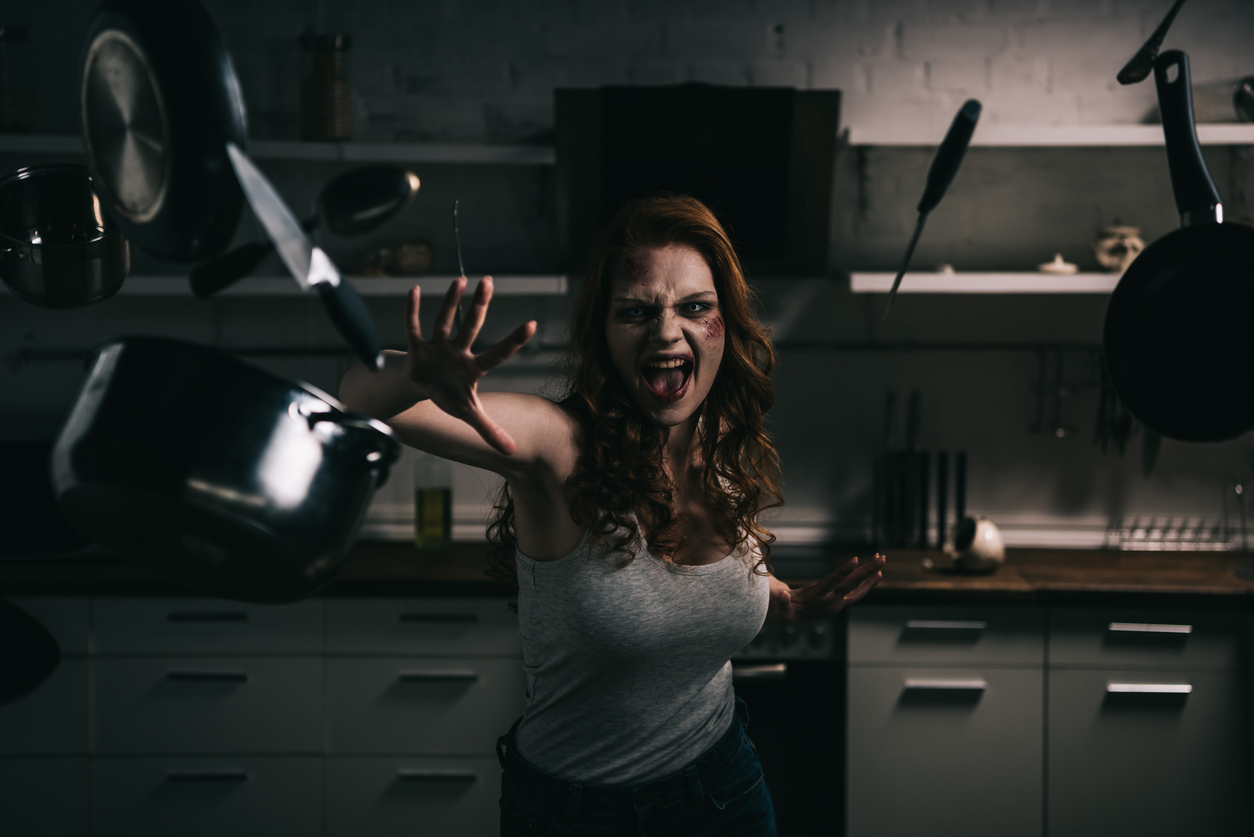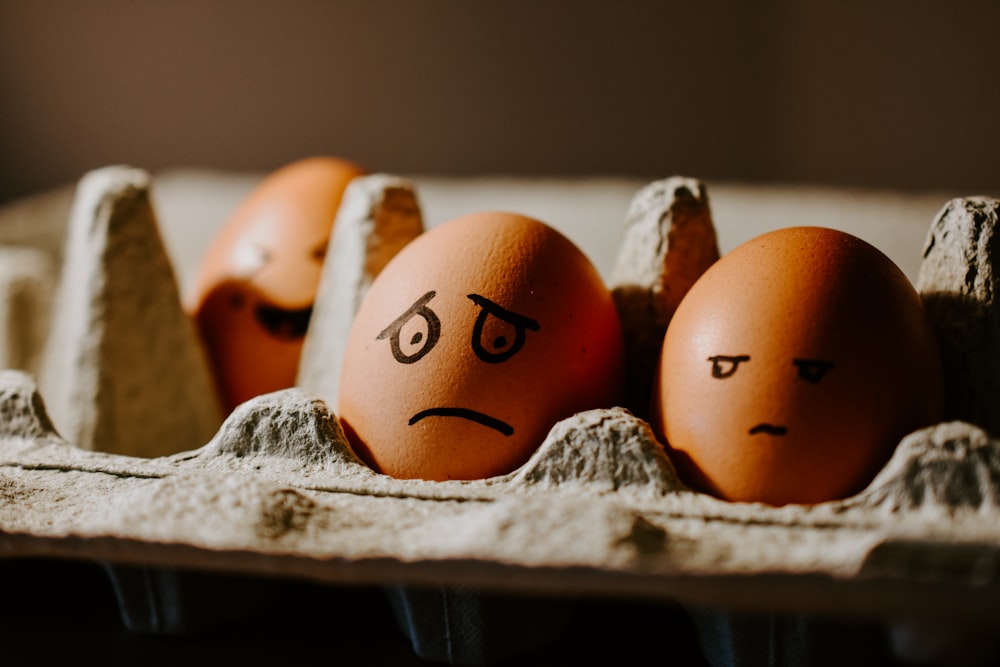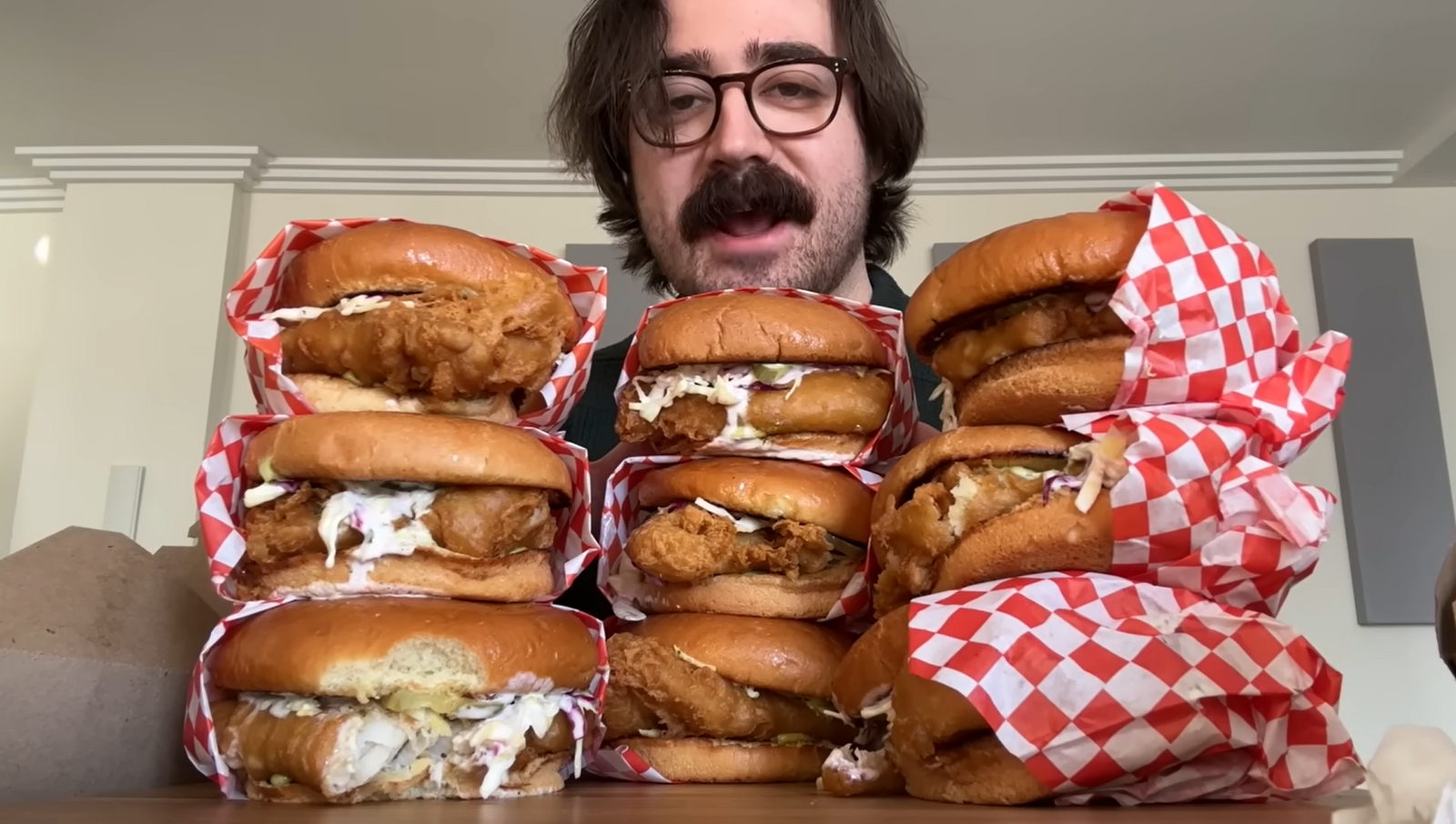
A controversial new business model has been on the rise recently. This phenomenon has been making headlines and raising concerns about its impact on the safety of its consumers and the ethics of its business practices. Known as “ghost kitchens,” they’re popping up all over the nation and offer a wide variety of take-out or delivery food only, under a web of different brands, seemingly out of nowhere.
Open up your Grubhub or Uber Eats app one day, and you might suddenly see a new fast-food brand appear. Consumers need to ask themselves, what is a ghost kitchen? And this article will explore the basics of this new trend.
Answering: What is a Ghost Kitchen?

A ghost kitchen is a space where food is prepared and made to fulfill take-out and delivery orders of a digital-only food brand. Its recent rise to prominence stems from a tech start-up known as Virtual Dining Concepts (VDC). The startup put together a streamlined process that allows people to quickly create branded food businesses that can be manifested like a retail pop-up shop, allowing it to remain operational as long as there is a ghost kitchen.
According to a Mr. Beast interview shown on the Eddy Burback Youtube channel, the original premise had good intentions as a response to the COVID lockdown. Food establishments needed new ways to make money if they weren’t allowed to serve customers in their physical locations, and becoming a ghost kitchen allowed them to generate profit and support the booming food delivery business.
Ghost Kitchens: The Aftermath Is Now

But now that the state of the world has once again shifted, and business operations are returning to normal, ghost kitchens are being run by everything from mobile kitchen trailers to major food company chains. Major restaurant brands are secretly creating pseudonyms to operate under different brand names on delivery apps to gain more business. Users on social media share how they order from a new brand that has the same physical address as a major restaurant. Yet others find that there is no traceable physical address for other brands.
And this is alarming because it forms a scenario where food quality suffers from inconsistencies in taste and presentation, but even worse, dangerous health and safety issues. There have been reports of cooks facing severe injuries while on the job.
Concerns are being raised by both the general public and authorities in the industry, such as state health inspectors. These authorities have difficulty keeping track of and properly examining ghost kitchens. It’s creating a smorgasbord of not just food, but of health concerns and additional safety risks for people with food allergies. Another example of this is how restaurants that have been previously closed down for violating safety and health violations have been able to reopen under the guise of a ghost kitchen.
This also creates an unfair business advantage against locally-owned food establishments. For example, take a locally-owned food business, with an actual safety-inspected kitchen and dining area, and put it against a single ghost kitchen right across the street. And when a customer searches on a food delivery service app like Uber Eats, the ghost kitchen might generate multiple different brands that will clutter search results, and the real food establishment will never been seen by the customer.
Ghost Kitchens: The Dystopian Future?

There seems to be more negative news surrounding ghost kitchens now, and the start-up VDC has been utilizing big name personalities and celebrities to establish brands that can be franchised through the VDC website. However, this is not without its issues, since Youtuber Eddy Burback discusses in his video how he ordered the same exact menu item across nine different brands.
And this is on top of all the health and safety concerns already boiling over.
